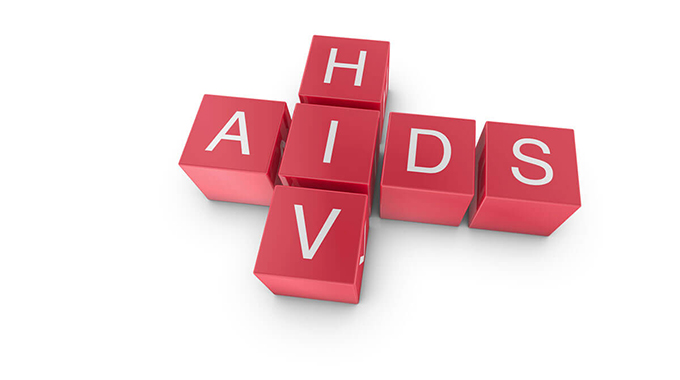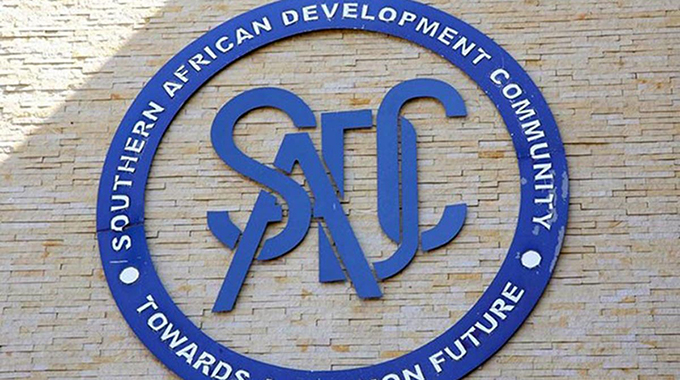Shurugwi tops new HIV incidence rate in Midlands

Patrick Chitumba
Midlands Bureau Chief
THE mining town of Shurugwi is leading in terms of new HIV infections and the virus incidence rate in the Midlands.
Mining towns and their floating population of artisanal miners tend to have higher rates and attract more commercial sex workers, according to the latest statistics from the National Aids Council (NAC)
Midlands has an estimated 7 000 commercial sex workers with about 2 500 based in Shurugwi, although the cities of Gweru and Kwekwe attract large numbers.
NAC has special programmes to reach these riskier areas so that people are more likely to take precautions if they take risks.
In an interview at the just ended Midlands Show at Gweru Showgrounds, Mr Petros Mazengwa, Gweru District HIV and AIDS co-ordinator at NAC, said the province’s HIV incidence rate is at 0.25 percent.
“Now for districts it’s like this, Chirumhanzu 0.24 percent, Gokwe North 0.18 percent, Gokwe South 0.16 percent, Kwekwe 0.28 percent, Gweru 0.32 percent, Shurugwi 0.40 percent, Mberengwa 0.29 percent, Zvishavane 0.26 percent,” he said.
Mr Mazengwa said the highest is Shurugwi because there is a high key population who include commercial sex workers and artisanal, small to medium scale miners.
“It’s a mining area and people flock there in search of gold. Because of gold we tend to see a number of sex workers visiting that area. It’s really a hot spot in the Midlands province as evidenced by the statistics on the ground,” he said.
“But a lot is happening in terms of interventions to reach those key populations. We are doing a lot to reach the key populations teaching them about use of condoms, abstinence and HIV testing as well because it is good that they know their HIV status.”
Gweru, Mr Mazengwa said, is number two after Shurugwi adding that Gweru is the capital city of the province with highways that link the city to mining towns with a lot of gold opportunities.
He said Gweru offers big business for those towns such as Kwekwe and Shurugwi adding that key populations converge there.
“Key populations even come to Gweru for entertainment and a lot happens after. A lot of things tend to happen and so it is not surprising that Gweru is number two in terms of incidence. But what I am happy about is you realise that the incidence rate is also going down. Even if we compare with previous estimates, you will notice some decline in terms of incidence.
“We are trying to work so that we continue to see the decline in terms of new infections so that they are below the AIDS related deaths. We want to reach epidemic control.”
“We are trying to make sure we get to a point of epidemic control and interventions are in place to make sure it happens. Our focus at national level is to end AIDS by 2030 and we hope we will get there,” said Mr Mazengwa.
He said they don’t expect the prevalence rate to go down drastically over years, since modern medical treatment can suppress the virus in most of those living with HIV and so ensure they live as long as those who have not been infected.
The prevalence rate, he said, is the total number of people living with HIV in a given geographical space within a given population.
“We don’t expect the prevalence rate to go down drastically over years because if we have a situation where it goes down drastically, it becomes worrisome because we are saying our people living with HIV are dying and we will also be saying or ART is not working. According to 2021 statistics, the highest prevalence rate is also in Shurugwi 15.26 percent, followed by Mberengwa at 15.46, Gweru, 13, 51 percent, Gokwe North 5,1 percent is the lowest,” said Mr Mazengwa.
He said the province recorded 2 823 AIDS-related deaths in 2018, 2 620 in 2019, 2 707 in 2020 and 2 531 in 2021.
“There was a decline in 2019 and then an increase in 2020. We had Covid-19 pandemic which could have contributed towards this increase in AIDS related deaths because the pandemic interrupted our programmes and some people failed to access their ART,” said Mr Mazengwa.
The Midlands province is rich in mineral resources, a situation that has seen an influx of artisanal miners who are high spenders thereby attracting the attention of commercial sex workers.
In 2020 Zimbabwe reached the 90–90–90 targets set by UNAIDS for 2020 were 90 percent of people now know their HIV status, 90 percent of those diagnosed with HIV are on antiretroviral treatment, and 90 percent of those receiving treatment are achieving viral suppression — and is working toward the 95–95–95 targets by 2025.









Comments